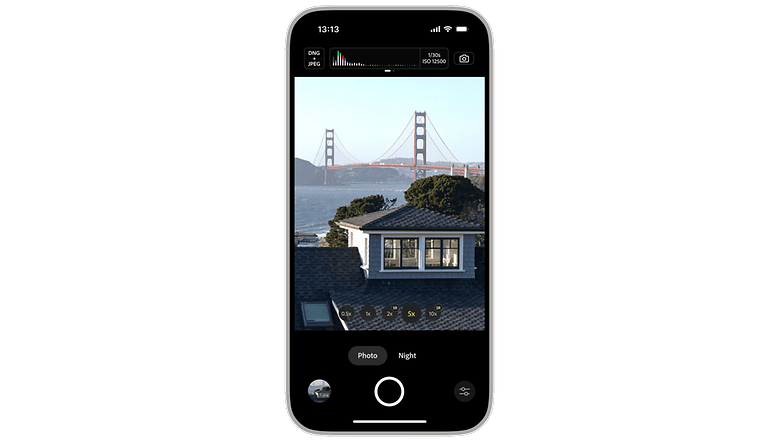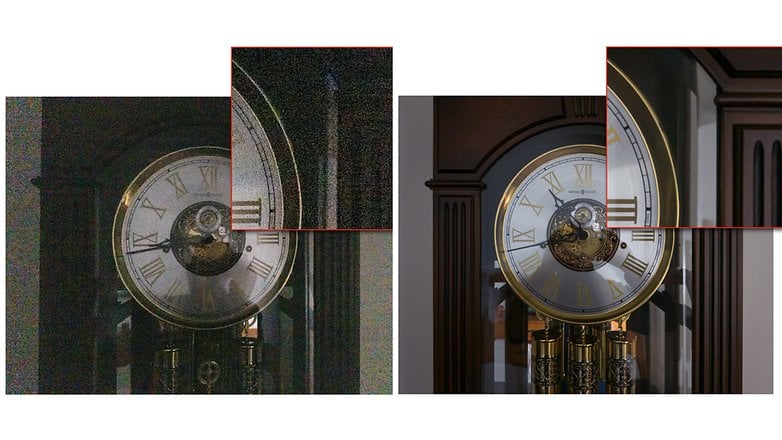Your iPhone Camera Will Never Be the Same with this App
The iPhone’s default camera app is straightforward to use, offering quick snaps with desirable mobile quality. However, it notably lacks features aimed at professional photographers and enthusiasts. Now, Adobe has launched a new computational photography app for iPhones that aims to fill that gap while also delivering “SLR-like” photos.
The app is called Project Indigo, developed by Adobe Labs. It is available for iPhone 12 Pro (Max), iPhone 13 Pro (Max), all iPhone 14 series models, and later iPhones, including the iPhone 16 series.
Camera App with Richer Controls and SLR-Like Quality
Similar to other professional camera apps, such as Halide, Project Indigo offers full and fine-grained camera controls for focus, shutter speed, ISO, and exposure, among other settings typically found in standalone digital cameras. Both JPEG and RAW (DNG) shooting formats are also supported.
However, what truly sets this camera app apart is the computational photography approach Adobe employs. This is a similar method that Google used in early Pixel camera phones and before they started to heavily lean on AI and machine learning in the newer models.

The Project Indigo app aims to resolve what professionals often lament about smartphone image quality: photos that appear “overly bright, low contrast, high color saturation, strong smoothing,” or what one of the app developers describes as the “smartphone look.” To achieve this, they are utilizing a non-conventional type of computational photography designed to deliver the “highest image quality” in the field.
How Project Indigo’s Algorithm Works
In a blog post, Adobe explained that each shot with the Project Indigo app takes several frames, up to 32 frames for low-light photos. Additionally, they apply stronger underexposure for each frame before they are meticulously aligned and combined into a single image. This process results in “fewer blown-out highlights and less noise in the shadows,” according to the team.

They also provided some examples comparing shots from the default iPhone camera app with those from Project Indigo. Notably, the Project Indigo shots clearly depict superior image quality with reduced noise and improved tone, while appearing overall brighter.
This same method is extended when shooting with zoom lenses. The app uses multi-frame techniques to create a single image with super-resolution, thereby retaining much of the image quality even with digital zoom.
Of course, there is a minor trade-off to consider. This process is more hardware-intensive, hence the compatibility with select iPhone models. At the same time, night mode will require a longer capture time, with a tripod setup even advisable in some cases. However, this is a small inconvenience to accept if you desire standout images.
The app is free on the App Store, which is a big advantage compared to other prosumer photography apps on the platform. Plus, it comes with integration with the Adobe Lightroom app for easy access when editing.
Do you plan to give Project Indigo a try on your iPhone? We’d like to hear your plans in the comments.
